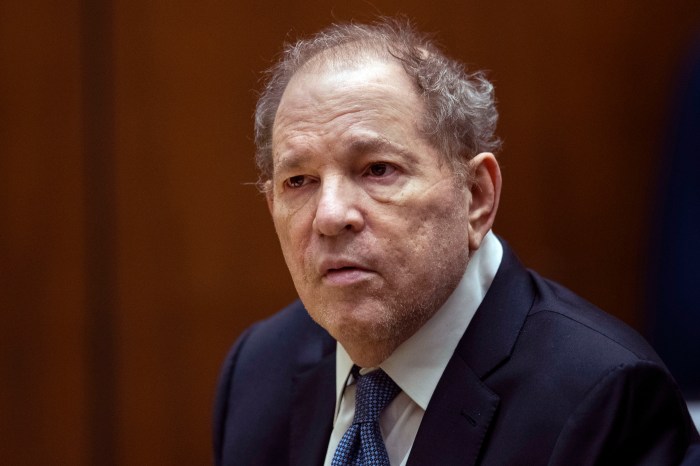By Greg Hanlon
Leaders of Holy Innocents Roman Catholic Church, located at 279 East 17th Street, have grand plans for an ambitious set of improvements to the East Flatbush church. Some of these improvements – like repairs to the church’s old organ and copper ceiling – are either already complete or in progress. Some others – like the renovation of the church’s interior and, most ambitious of all, the construction of a community center in a currently vacant lot adjacent to the church – will require a large investment of time and money. And maybe a few Hail Marys. The improvements to the church, built in 1923, began in 2005, when it received a $360,000 grant from the Joseph G. Bradley Charitable Foundation to fix its luxurious, finely crafted organ, an old E.M. Skinner model renowned among church music aficionados. “It went from falling apart to the best instrument in the [Brooklyn-Queens] diocese,” said Dr. Alfred Cresci, the church’s director of music who has spearheaded much of its grant-writing and fundraising efforts. Cresci’s success raising the money for the organ led him to an epiphany about what he wanted to do for his beloved church, which he has attended since childhood. “I thought to myself, ‘Since we got the organ back up and running, we might as well get the building going as well,’” he said. Thus began the fundraising drive to restore Holy Innocents to its former glory. After the organ was fixed, the next order of business was the copper roof, which had fallen into disrepair through the years. “We had water coming into the church. There were actual puddles. People were sitting in mass, and they needed an umbrella,” Cresci said. The church had been temporarily patching up its leaky ceiling for years, but Cresci felt that the time had come for a more permanent solution. The price tag, however, was a daunting $738,000. “Copper is expensive,” Cresci explained. But the resourceful Cresci was able to obtain a $200,000 grant from the National Historic Registry, making Holy Innocents the first church in the 150-year history of what is now the Brooklyn-Queens archdiocese to obtain this grant. The church also recently received $55,000 from the New York State Landmarks Conservancy. (Church’s are eligible for grants to preserve their exterior for historical/landmarks reasons, which do not conflict with the separation of church and state.) The remainder of the tab would have to be picked up by the church’s 3,000 parishioners themselves. And the churchgoers – a multi-ethnic group comprised of Latinos, West Indians and some holdovers of the old Italian and Irish Flatbush – responded. With the money all set, repairs are now underway. Cresci hopes they will be complete within four months. After sealing the church’s exterior, the next step is to fix what was inside. Much of the interior, like the discolored limestone masonry and the tarnished murals depicting biblical scenes, has suffered extensive water damage due to the leaky ceiling. In addition, the stained glass windows, the wooden pews, the floor tiles and the antiquated electrical wiring, are in need of repair. Cresci expects the total repairs to cost close to $1 million, although he stressed that this was just a preliminary estimate. To obtain most of this funding, Cresci will once again count on the generous support of the parishioners. But obtaining other sources of funding will be a complicated matter. Because it is for the interior of the church and not the exterior, the church is precluded from obtaining funds from many government sponsored landmarks conservancies because of concerns about the separation between church and state. Nevertheless, Cresci is hopeful that work on the interior repairs will begin by the 2009 centennial of the formation of the congregation. But the most ambitious of all of Cresci’s plans is to build a community center in a vacant lot adjacent to the church. The double lot of land has been owned by the church for decades, but currently serves as an underutilized staff parking lot. “It’s ugly, it’s a waste,” said Cresci. “We want to do something with it, not only for the parishioners, but for the community too.” Cresci envisions the community center – which he estimated would cost in the area of $4 million – to be operated by the church but open to the entire community. “It would be a place for meetings, a computer center, a soup kitchen, basically a nice, friendly place,” he described. “The area does not have a community center – it’s definitely an area of need. It will be an uphill battle, but we’re thinking big.”






























